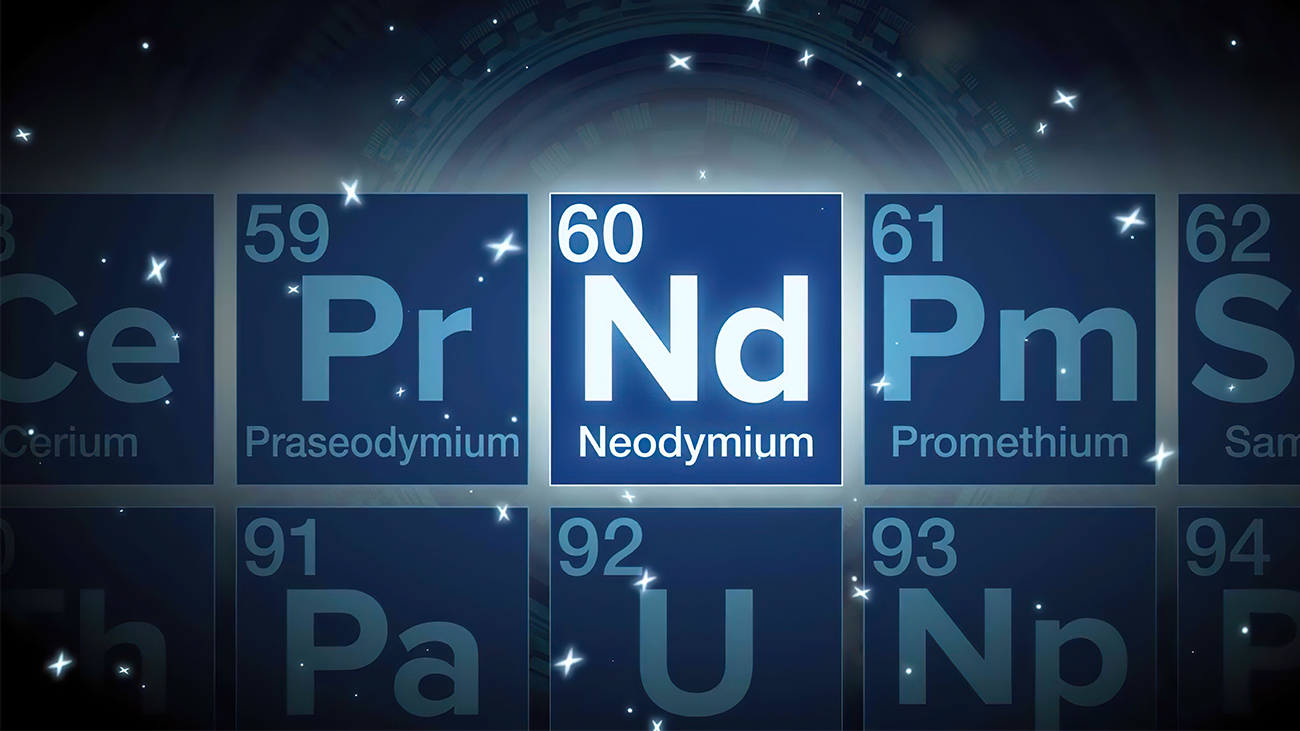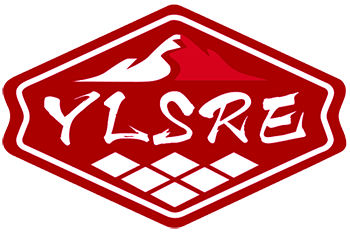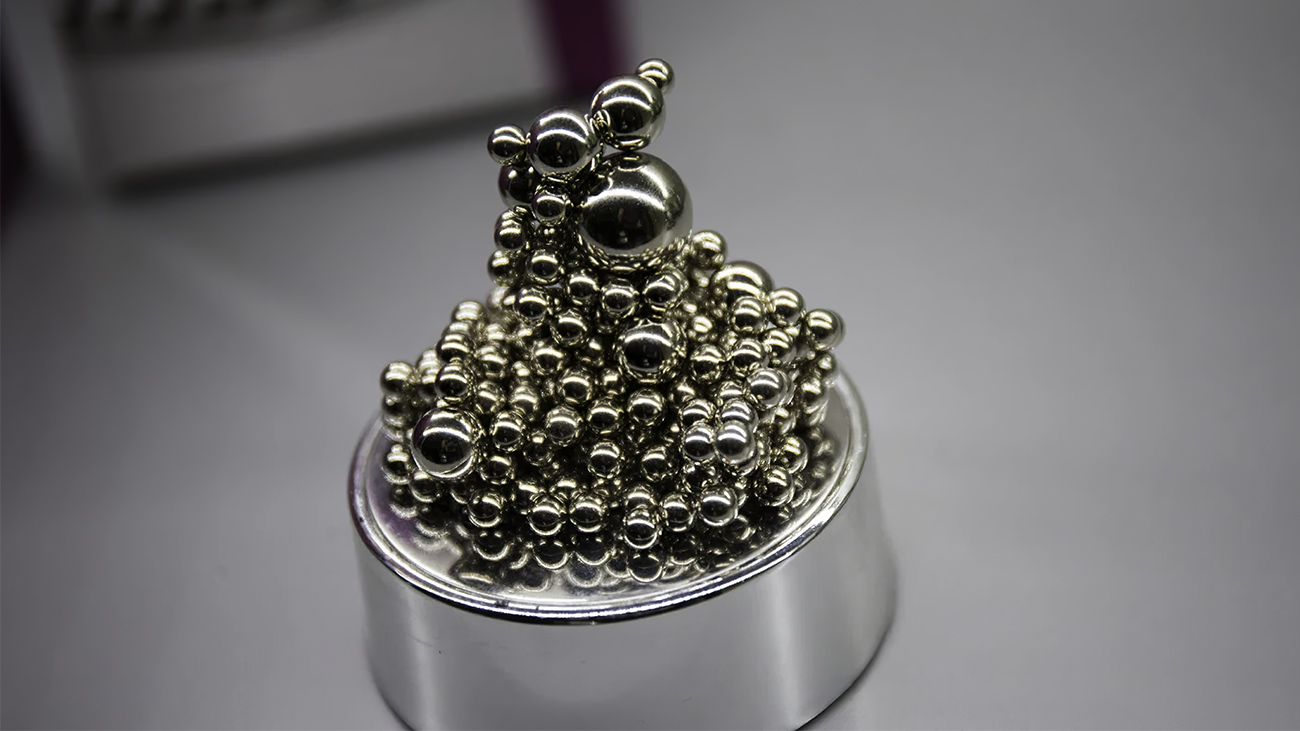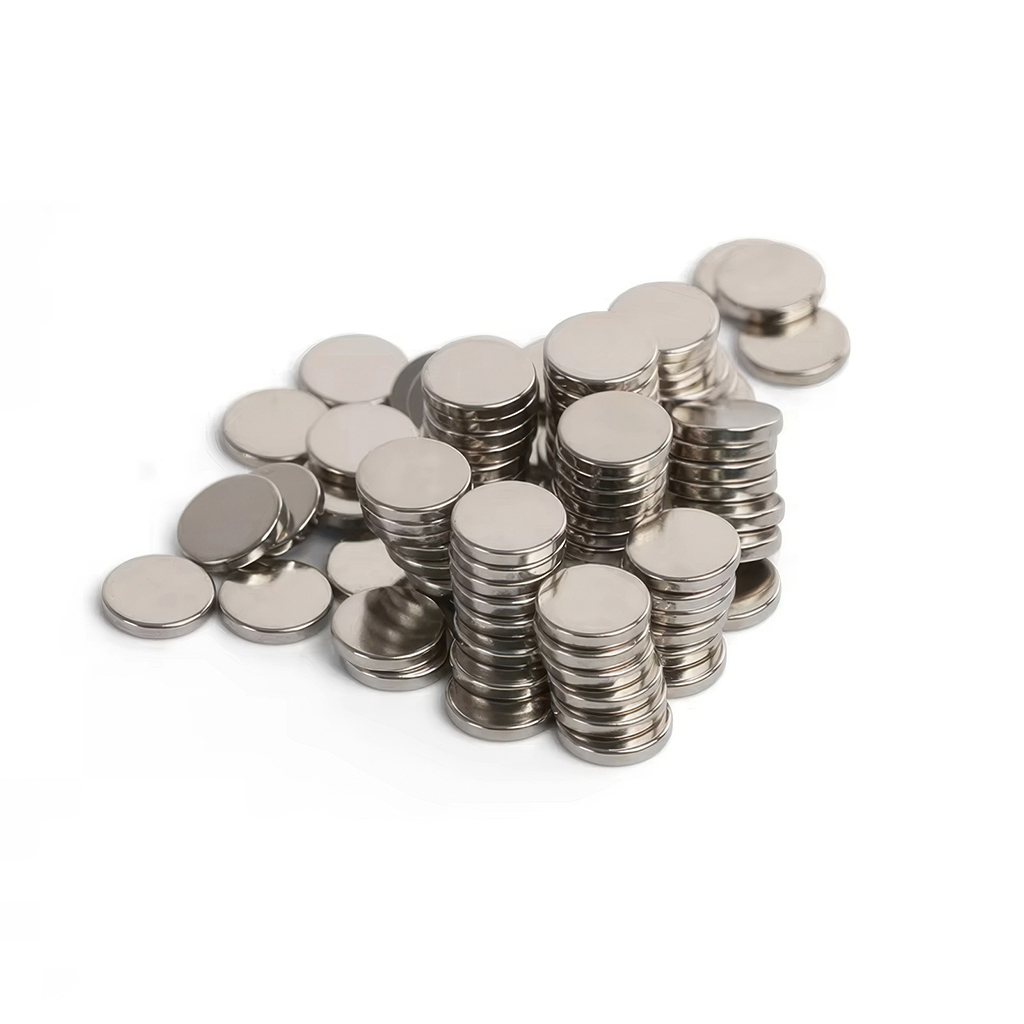Understanding Magnet Materials: A Comprehensive Guide
Understanding the types of magnet materials and their unique properties can help engineers, manufacturers, and enthusiasts choose the right material for their applications. This guide dives deep into the world of magnets, providing key insights into their composition, performance, and real-world uses.
Table of Contents

What Are Magnet Materials?
Magnet materials are substances that exhibit magnetic properties, enabling them to generate a magnetic field. These materials can be classified into various categories based on their composition and magnetic behavior. From everyday uses in household appliances to advanced industrial applications, magnet materials are critical components in numerous devices.
Types of Magnet Materials
Magnet materials are broadly categorized into permanent magnets, temporary magnets, and electromagnets. Among these, permanent magnets are the most widely used, offering consistent magnetic strength without the need for electricity or external magnetic fields.
What Are Permanent Magnets?
Permanent magnets are materials that retain their magnetic properties over time. They are made from ferromagnetic materials such as iron, cobalt, and rare earth elements. These magnets generate a consistent magnetic field and are commonly used in industries like electronics, automotive, and renewable energy.
Types of Permanent Magnets
Permanent magnets are divided into several types based on their composition:
- Neodymium Magnets (NdFeB):
- Known as the strongest permanent magnets available, these are part of the rare earth family.
- Composed of neodymium, iron, and boron, NdFeB magnets exhibit high magnetic strength and are ideal for compact, high-performance applications.
- Samarium Cobalt Magnets (SmCo):
- These magnets are highly resistant to corrosion and high temperatures.
- They are often used in aerospace and defense applications where magnetic performance in extreme conditions is required.
- Alnico Magnets:
- Made of an alloy containing aluminum, nickel, and cobalt, these magnets have excellent temperature stability.
- Alnico magnets are used in sensors and electric motors.
- Ferrite Magnets:
- Composed of iron oxide combined with barium or strontium, these magnets are inexpensive and widely used.
- Ferrite magnets are inexpensive and commonly found in household appliances.
- Ceramic Magnets:
- A subclass of ferrite magnets, these are commonly used magnets in applications requiring cost-efficiency and durability.
How Are Neodymium Magnets Made?
The manufacturing process of NdFeB magnets involves several steps, including sintering and surface treatment to enhance their durability. These magnets are coated with materials like nickel or PTFE coating to protect against corrosion and wear.
Key Features of NdFeB Magnets
- Magnetic strength: NdFeB magnets are the strongest among all magnet materials.
- Compact size: The volume of magnet required is smaller, making them ideal for space-saving designs.
- Applications: From wind turbines to electric vehicles, neodymium magnets are used extensively.
For customized options, check out our Custom NdFeB Magnets section.
What Are Samarium Cobalt Magnets?
Samarium cobalt magnets, also known as SmCo magnets, are part of the rare earth magnet category. These magnets are highly valued for their maximum operating temperature and corrosion resistance.
Why Choose Samarium Cobalt?
- Excellent performance in high-temperature environments.
- Suitable for applications where external magnetic field stability is critical.
- Examples include aerospace engines and electric propulsion systems.
Explore more about Samarium Cobalt Magnets.
Comparing Different Magnet Materials
Each type of magnet material has unique characteristics. Here’s a quick comparison:
| Magnet Type | Composition | Strength | Cost | Key Applications |
| NdFeB | Neodymium, Iron, Boron | Strongest | High | EVs, wind power, electronics |
| SmCo | Samarium, Cobalt | High | Very High | Aerospace, defense |
| Alnico | Aluminum, Nickel, Cobalt | Medium | Medium | Sensors, motors |
| Ferrite | Iron Oxide + Strontium/Barium | Low | Low | Household appliances |
| Ceramic | Ferrite subclass | Low | Low | Cost-sensitive applications |
When choosing a material, consider factors like magnetic properties, operating temperature, and cost.
What Are Flexible Magnets?
Flexible magnets are made using magnet powders in a variety of polymer or rubber binders. These materials can be bent, twisted, and shaped, making them ideal for signage, labeling, and other creative uses.
Key Properties
- Material can be bent without losing magnetic strength.
- Lightweight and versatile.
How Does Operating Temperature Affect Magnets?
Maximum Operating Temperature
Each magnet material has a maximum operating temperature beyond which it loses its magnetic properties. For instance:
- NdFeB magnets can operate up to 80°C to 200°C, depending on their grade.
- SmCo magnets perform well in high-temperature environments, up to 350°C.
Proper selection ensures that the magnet’s performance remains stable under varying conditions.
Common Applications of Magnet Materials
Magnet materials are indispensable in modern technology. Examples include:
- Automotive Industry:
- Electric vehicles (EVs) use NdFeB magnets for motors.
- Powertrain and ADAS systems rely on magnets in automotive components.
- Renewable Energy:
- Wind turbines utilize neodymium magnets in wind power generation.
- Permanent magnet synchronous generators ensure efficient energy conversion.
- Household Appliances:
- From refrigerators to energy-saving motors, magnets are key to performance and efficiency.
For more details, visit our NdFeB Magnets for Automotive and Household Appliances sections.
Future of Magnet Materials
With advancements in technology, the demand for efficient and strong permanent magnets continues to rise. Innovations in rare-earth magnets and flexible magnets are paving the way for more applications in renewable energy, aerospace, and medical devices.
Key Takeaways
- Magnet materials are essential for various industries, including automotive, electronics, and renewable energy.
- NdFeB magnets are the strongest and widely used in high-performance applications.
- Samarium cobalt magnets are ideal for high-temperature environments.
- Ferrite magnets are cost-effective and commonly used in household appliances.
- Selecting the right magnetic material depends on factors like strength, cost, and operating temperature.
For customized solutions, explore our Customized NdFeB Magnets and Magnetic Systems.
Welcome to our factory’s custom NdFeB magnet services, where your ideas and needs become reality.
Simply share your concepts, requirements, or design drawings, and we’ll work closely with you to produce high-quality NdFeB magnets tailored to your exact specifications and performance standards.
You’ll benefit from competitive pricing, complimentary samples, and professional technical support from our dedicated team, making the customization process worry-free, safe, and cost-effective.
Our goal is to ensure that your products achieve outstanding performance with the highest level of quality and precision.
Economic Development Zone, Industrial Park, Shehong City, Sichuan Province, China.
Contact
News
US Department of Defense Allocates $5.1 Million to Recover Rare Earths from E-Waste
On January 17, 2025, the US Department of Defense announced a $5.1 million allocation to Rare Resource Recycling Inc. under the Defense Production Act.
China Revises and Implements the “Regulations for Outward Direct Investment Statistics,” Including Rare Earth Oxides
It is reported that on January 1, 2025, the Ministry of Commerce, the National Bureau of Statistics, and the State Administration of Foreign Exchange officially implemented the revised “Regulations for Outward Direct Investment Statistics.”
Canada Rare Earth Acquires Majority Stake in Laos Rare Earth Refinery
According to Magnet Materials News, on January 9, 2025, Canada Rare Earth Corp. announced plans to acquire a 70% stake in a rare earth refinery in Laos. This acquisition aims to enhance supply security and economic benefits.



